Click on images to enlarge
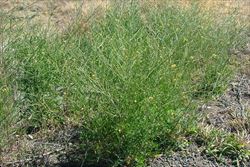
infestation (Photo: Sheldon Navie)
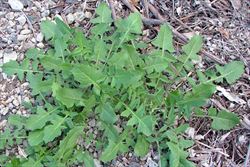
basal rosettes of larger deeply-lobed leaves (Photo: Sheldon Navie)
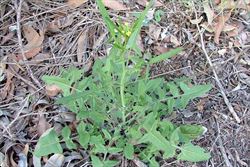
habit of a plant beginning to flower (Photo: Sheldon Navie)
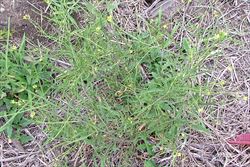
habit in fruit (Photo: Sheldon Navie)
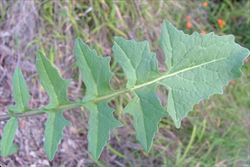
close-up of deeply-lobed leaf (Photo: Sheldon Navie)
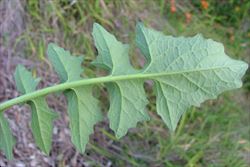
close-up of leaf underside (Photo: Sheldon Navie)
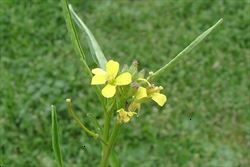
close-up of flowers and uppermost leaves (Photo: Sheldon Navie)
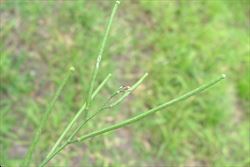
young fruit (Photo: Sheldon Navie)
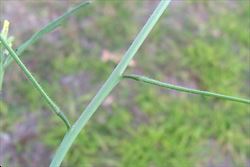
close-up of stem and immature fruit (Photo: Sheldon Navie)
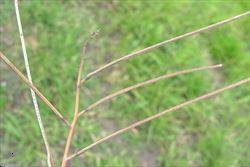
very elongated mature fruit (Photo: Sheldon Navie)
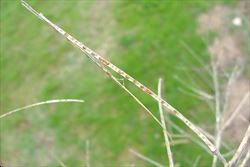
close-up of old fruit with seeds (Photo: Sheldon Navie)
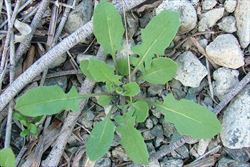
young plant (Photo: Sheldon Navie)
Scientific Name
Sisymbrium orientale L.
Synonyms
Sisymbrium columnae Jacq.
Family
Brassicaceae (Queensland, New South Wales, the ACT, Victoria, Tasmania, Western Australia and the Northern Territory)Cruciferae (South Australia)
Common Names
eastern rocket, hedge mustard, Indian hedge mustard, Indian hedge-mustard, mustard, oriental hedge mustard, oriental mustard, wild mustard
Origin
The exact origin of this species is obscure, but it is thought to be native to northern Africa, the Madeira Islands, the Canary Islands, Europe, the middle-east, western Asia and the Indian Sub-continent.
Naturalised Distribution
Widely naturalised in southern, central and eastern Australia (i.e. in southern eastern Queensland, New South Wales, the ACT, Victoria, Tasmania, South Australia, the southern and central parts of Western Australia, and many parts of the Northern Territory). Also naturalised on Norfolk Island.
Notes
Indian hedge mustard (Sisymbrium orientale) is a common weed of crops, pastures, rangelands, open woodlands, coastal environs, roadsides, disturbed sites and waste areas in the southern two-thirds of the country. It is regarded as an environmental weed in Western Australia and Victoria.

